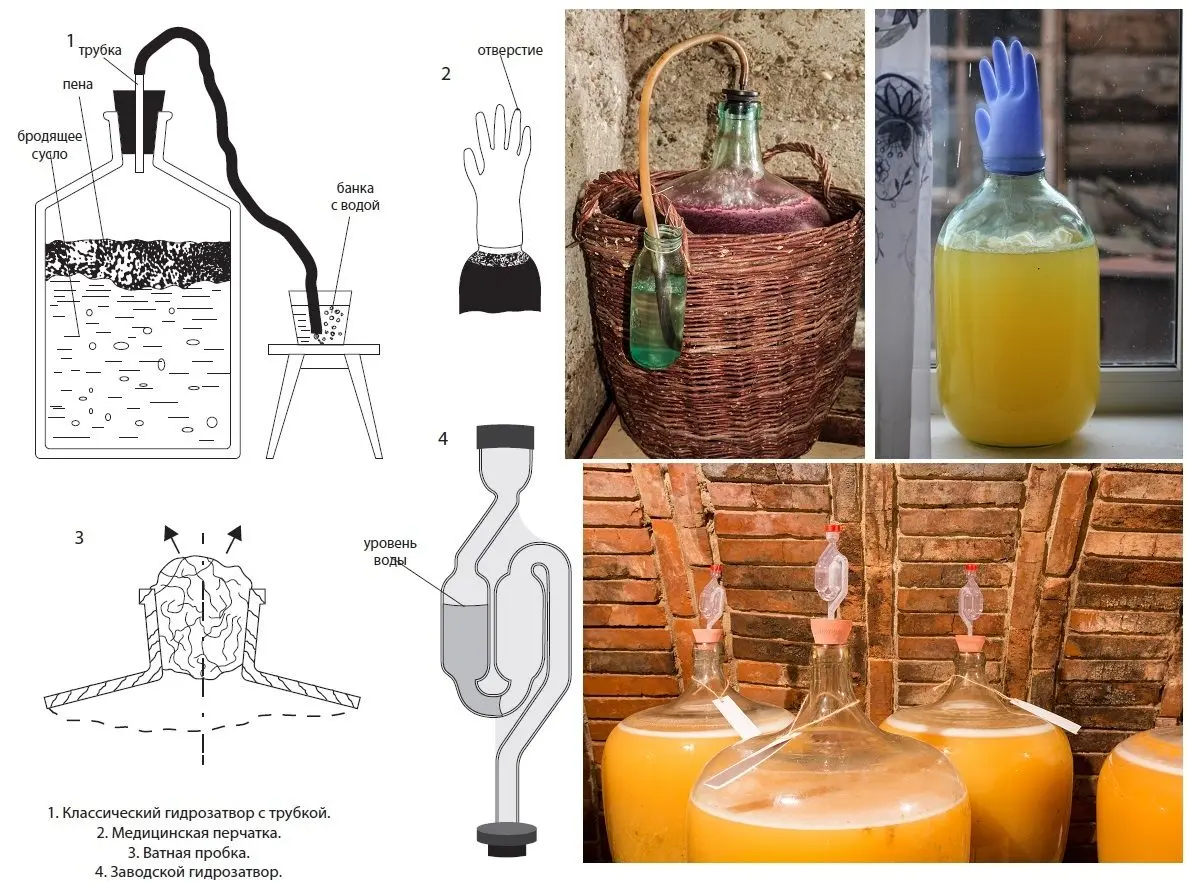Although many winemakers are skeptical about the idea of making wine from watermelon at home, it is quite possible. It turns out a drink of pale pink color, which gradually becomes light red during storage. It cannot be said that the wine has an amazing taste, but it cannot be called bad either.
For the preparation of watermelon wine, I advise you to use only the ripest fruits at the end of the ripening season, when the concentration of solids reaches its peak. Otherwise, the drink will turn out watery, and all efforts will be in vain. Used containers must be sterilized with boiling water and wiped dry, otherwise there is a risk of infecting the wort with mold or other pathogens.
Ingredients:
- ripe watermelons – 10 kg;
- sugar – 3-4 kg;
- citric acid – 10 grams per liter of juice;
- unwashed raisins – 150 grams (grapes or wine sourdough).
It has been experimentally established that it is better to add 0,3-0,4 kg of sugar per liter of juice to watermelon wine (add in portions as indicated in the recipe). In this case, a good dessert drink with a balanced taste is obtained. It is impossible to completely do without the addition of sugar, since the natural sugar content of the fruit is insufficient for winemaking.
Citric acid promotes fermentation and stabilizes the taste. You can also use fresh lemons, the juice of one medium-sized fruit contains 5-7 grams of acid. Raisins can be replaced with ripe unwashed grapes, it is enough to crush 50-100 grams of berries with your hands and add them to the must at the third stage.
Watermelon homemade wine recipe
1. Cut the watermelon into slices so that bitterness does not appear, remove the seeds, peel and white inedible part.
2. Grind the resulting pulp with your hands or with a blender until a homogeneous liquid mass.
3. Add unwashed raisins (grapes or sourdough) and citric acid, bandage the neck of the pan with gauze, put in a warm dark place for 2-3 days. Mix twice a day.
4. If there are signs of fermentation (hissing, foam), add 100 grams of sugar per liter of juice, mix well, pour the must into a fermentation tank (fill up to a maximum of 75%) and install a water seal (medical glove with a small hole in the finger).

5. Move the container to a dark place with a temperature of 18-25°C. After three days, add 100 grams of sugar per liter of fermented juice. To do this, remove the water seal, drain 1-2 liters of wort, dilute sugar in it, pour in the syrup and reinstall the water seal.
6. After another 4 days, repeat the addition of sugar according to the technology described above (100 grams per liter).
7. After 2-4 weeks from the last addition of sugar, fermentation will end: the water seal will stop bubbling (the glove will deflate), sediment will form at the bottom, and the wine itself will clear. It is necessary to remove the drink from the sediment and send it for maturation.
8. Drain the young watermelon wine through a straw into another clean container, taste it, if desired, add more sugar for sweetness or fix with vodka (alcohol) 2-15% of the volume. Fortified wine keeps better, but is tougher in taste.
Fill storage containers to the top so that there is no contact with oxygen. Close the lid tightly (if sugar was added at the previous stage, it is better to keep the first 7-10 days under a water seal) and leave for 40-90 days in a dark room with a temperature of 5-12°C. After ripening, the taste will noticeably improve.
Once every 15-20 days, filter from the sediment by pouring into another container through a straw. The drink is ready when the sediment no longer appears.
9. Pour homemade watermelon wine into bottles, cork tightly and store in a refrigerator or cellar. Shelf life – 9-14 months. Fortress – 10-12%.

Do not count on the unique rich taste of the prepared drink. Due to the low concentration of solids, watermelon and melon are not the best raw materials for winemaking, but with a good harvest, I advise you to make at least a few liters for the sake of interest.









